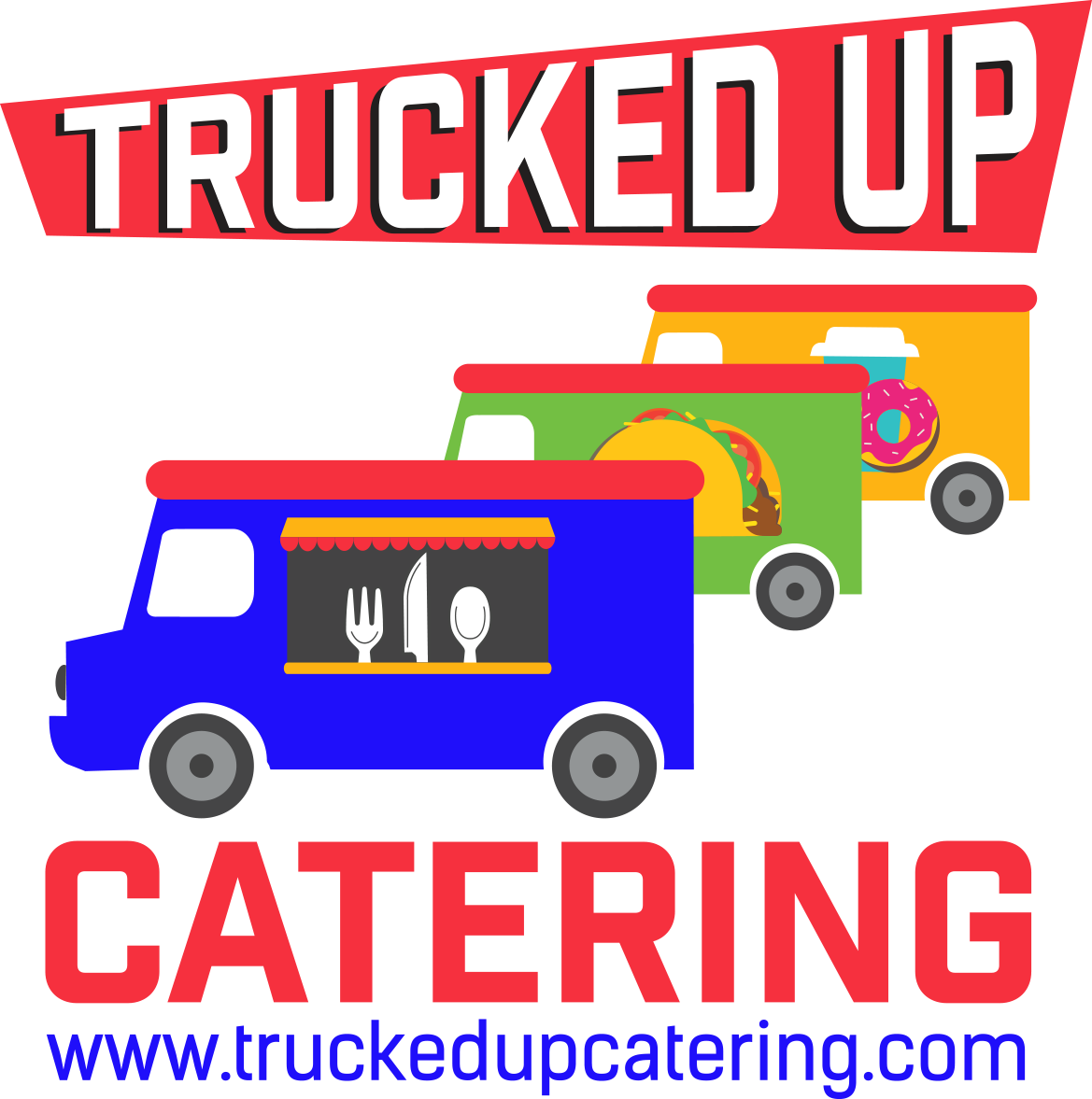Food trucks are popping up left and right on streets all across the United States and have seen an unprecedented rise in popularity in the American food scene over the past two decades. Food trucks serve some of the most unique and tasty food you can find in any city which is why they are becoming the go-to meal choice for people off all ages. Trucked Up Catering, LLC is proud to be a part of the food truck community. The rise of food trucks has been centuries in the making and resulted from the convergence of two means of mobile dining: chuck wagons and pushcarts.
The first chuck wagon was invented in 1866 by Charles Goodnight when he attached a “chuck box” to a US Army wagon. A “chuck box” not only had shelving and drawers to store food and supplies, but folded out with a place to cook food. Its main purpose was to feed cattlemen and wagon trains as the United States expanded West and it is known as the first mobile kitchen in the United States.
Pushcarts date back to the late 1600s in urban areas such as Chicago and New York City (known as New Amsterdam at the time). While you could not cook on these carts, street vendors, typically immigrants, pushed around these food storage units on wheels to offer inexpensive meals to passerbyers and make a couple extra dollars. In 1691, the first documented regulation on pushcart vendors was implemented and this marks the start of pushcarts’ rise in America.
Photo via https://www.flickr.com/photos/hanuska/
With the invention of the automobile, modern food trucks began to take form. However, not until the 1950s did modern food trucks start to appear on American streets. These trucks resembled chuck wagons with their kitchens built into the automobile, but took on the purpose of pushcarts which was to provide meals to urban working class Americans at fair prices. Ice cream was the first type of food that took to the streets in mobile food trucks in the 1950s and was targeted mainly towards children.
The 1960s and 1970s brought larger trucks into the America mobile food scene and these trucks served more typical lunch foods such as hot dogs and burgers to urban working class men and women. Taco trucks became especially popular on the West Coast, before slowly spreading to the rest of the US, when Raul Martinez, in 1974, converted an ice cream truck to make these delicious Mexican snacks. The first demographic for all of these food trucks was construction workers. Trucks would drive up to work sites to offer workers food so they could eat and quickly get back to work.
Photo via https://www.flickr.com/photos/villoks/
Unfortunately, it was not until the 2000s that food trucks began to spread rapidly across the US. The reason for this was the stigma of uncleanliness that surrounded food trucks as they were not significantly regulated and had poor health practices. What facilitated the rise of food trucks was largely the recession of the early 2000s when working class Americans needed cheap meals and changed their attitude towards food trucks.
Photo via https://www.flickr.com/photos/archier/
Additionally, as chefs lost their jobs, food trucks were an inexpensive way to continue to display their culinary talent. As a result, new, clean food trucks serving gourmet food began to appear and Americans flocked to food trucks during lunch hours. Health inspections also became mandatory around this time and companies, such as Trucked Up Catering, LLC, closely monitor food trucks ensure they are presentable and up to health standards for customers.
Today, getting a meal at a food truck is just as popular, and just as delicious (if not more!), as getting a meal at a restaurant. Often, it is the preferred dining choice for millions of people across the country. Food trucks have come a long way from their early days and their days when they were seen as disgusting. Now, it looks like food trucks are here to stay and Trucked Up Catering, LLC will work with food truck operators to continue to revolutionize the culinary world.
Photo via https://www.flickr.com/photos/taedc/





